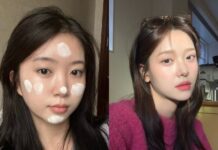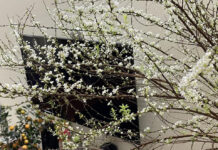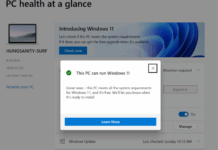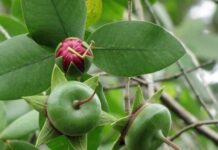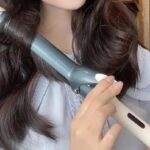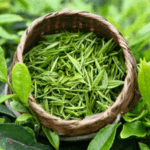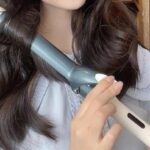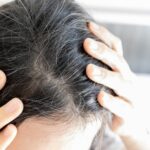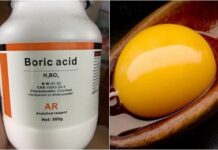Many believe that choosing the right shampoo or washing hair frequently is enough to keep it clean, healthy, and smooth. However, some seemingly harmless habits during hair washing can actually weaken hair, making it dry, brittle, and prone to breakage.
Avoid Overwashing Your Hair
Some think washing hair less often prevents oiliness. In reality, delaying hair washes doesn’t reduce oil production; it only allows dirt, sebum, and styling product residue to accumulate on the scalp. When hair follicles become clogged, hair weakens and sheds more easily, while the scalp may become itchy, flaky, or irritated.
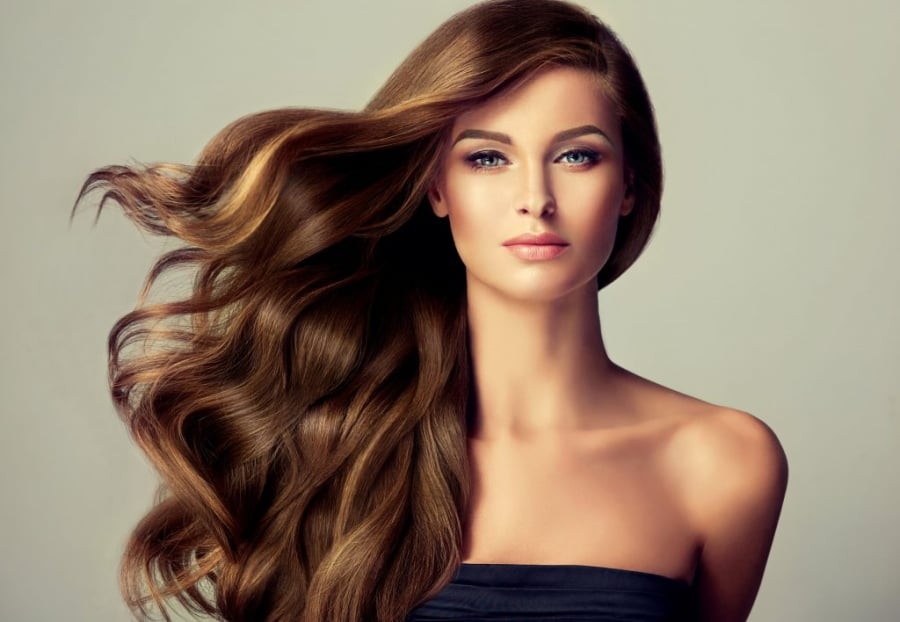
The ideal frequency for a clean and healthy scalp is 2–3 times per week. Adjust this based on your hair type, environment, or daily activity level. If your hair feels dirty or oily, wash it—proper cleansing is always better than delaying it to “train” your hair.
Applying Shampoo Directly to Hair Ends
Hair ends are the weakest and driest part, so applying shampoo directly to them can cause tangling, breakage, and split ends. Shampoo is designed to cleanse the scalp, where sebum production is highest, not the entire length of the hair.
The correct method is to wet your hair, lather the shampoo in your hands, and gently massage it into the scalp for a few minutes. As you rinse, the foam will naturally clean the mid-lengths and ends without additional rubbing. This approach ensures deep cleansing while preserving natural moisture, reducing dryness, and preventing split ends.
Washing Hair Exclusively with Cold Water
Cold water is often believed to make hair shiny and reduce oiliness, but it doesn’t cleanse effectively. Low temperatures make it difficult to remove excess oil and dirt from the scalp, leaving hair feeling heavy and greasy.

The best approach is to use warm water during washing, as it opens hair follicles and removes buildup more effectively. After rinsing, a final cool water rinse helps seal the hair cuticle, enhancing natural shine. Combining warm and cool water ensures hair is thoroughly cleansed and healthier.
Air-Drying Wet Hair
Many avoid blow-drying due to concerns about heat damage, but leaving hair wet for hours is equally harmful. When damp, hair is fragile and prone to breakage from friction or prolonged moisture. Wet hair can also make the scalp damp, leading to itching and flaking.
After washing, gently pat hair dry with a soft towel, avoiding harsh rubbing. Use a blow dryer on low heat or cool setting until hair is 80–90% dry. This minimizes heat damage while keeping hair soft, voluminous, and healthy.
Unlock the Secret to Vibrant, Long-Lasting Curls and Color: Your Ultimate Hair Care Guide
Unveil the secrets to revitalizing and safeguarding your hair post-styling with these essential principles. Whether you’ve recently permed or colored your locks, these guidelines will ensure your hair remains healthy, vibrant, and resilient. Discover the key practices to maintain your hair’s beauty and integrity after chemical treatments.




